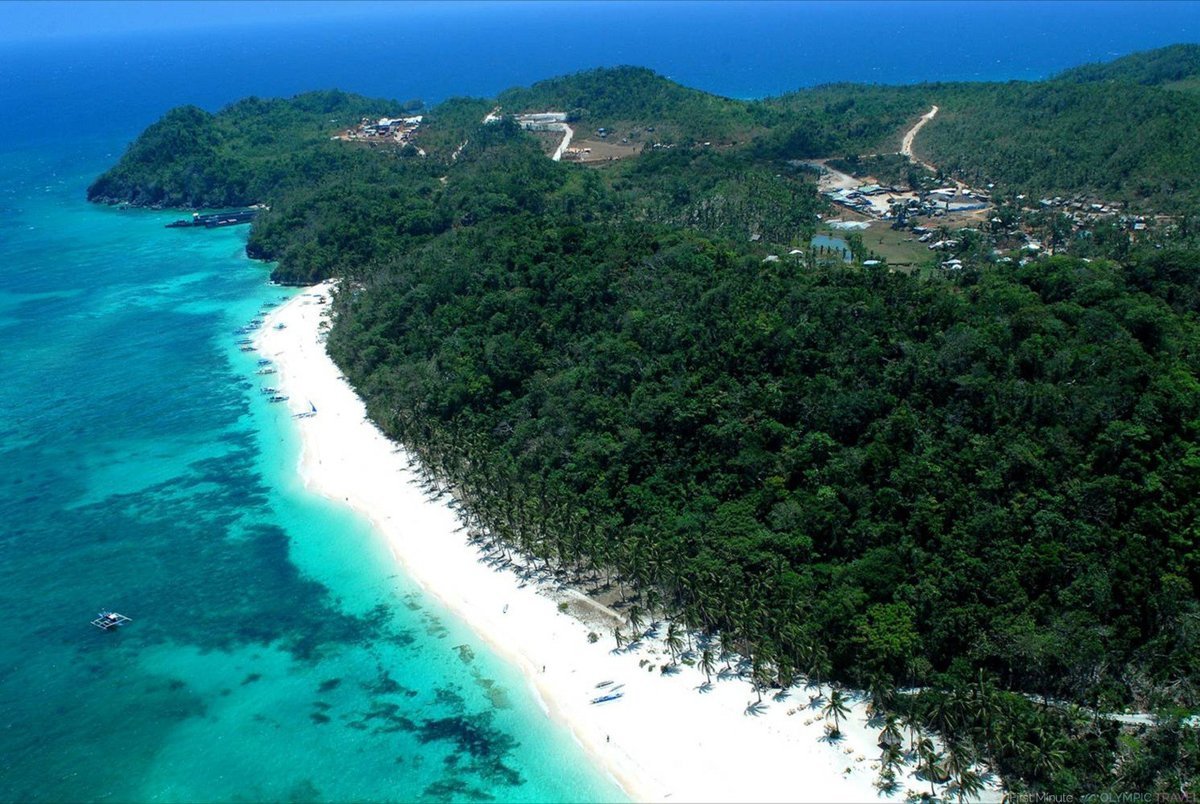History of the island
Boracay has a rich and interesting history that goes far into the past. The island was originally inhabited by the ata, the indigenous people who came here in their boats with tagalog to english paragraph translator. Over time, Spanish missionaries appeared on the island, and later Boracay became part of the Spanish colony.
During the period of American colonial rule, the island served as a refuge for local residents hiding from the war. During the Second World War, Boracay became the scene of the Japanese occupation and liberation by American troops.
In the 70s of the XX century, foreign travelers began to discover the beauty of the island, and the local community decided to develop tourism. Since then, Boracay has grown into one of the most popular tourist destinations in the Philippines and the world.
Where is Boracay located?
In the western part of the Visayas archipelago of the Philippines, in the province of Aklan. The distance from the capital Manila is about 315 km, making it an easily accessible destination for travelers with https://lingvanex.com/translation/english-to-tagalog.
Island dimensions
The island has an area of about 10 square kilometers, and its shape resembles the letter “be” on the map. Surrounded by the Turkish waters of the Sulu Sea on one side and the Sibuyan Sea on the other, Boracay creates ideal conditions for marine entertainment and outdoor activities.
Climate
The climate on the island of Boracay belongs to the tropical monsoon type, with high humidity and air temperature ranging from 25 to 32 degrees Celsius on average. The rainy season usually starts in June and lasts until November, but this does not stop tourists, as the rains often do not last long. The most popular season to visit Boracay is from December to May, when the island delights visitors with sunny days, cool evenings and relatively little rainfall.
During your trip to Boracay, it is important to remember to protect yourself from the sun, especially during the peak hours of solar activity, as well as the possibility of showers and typhoons during the rainy season.




